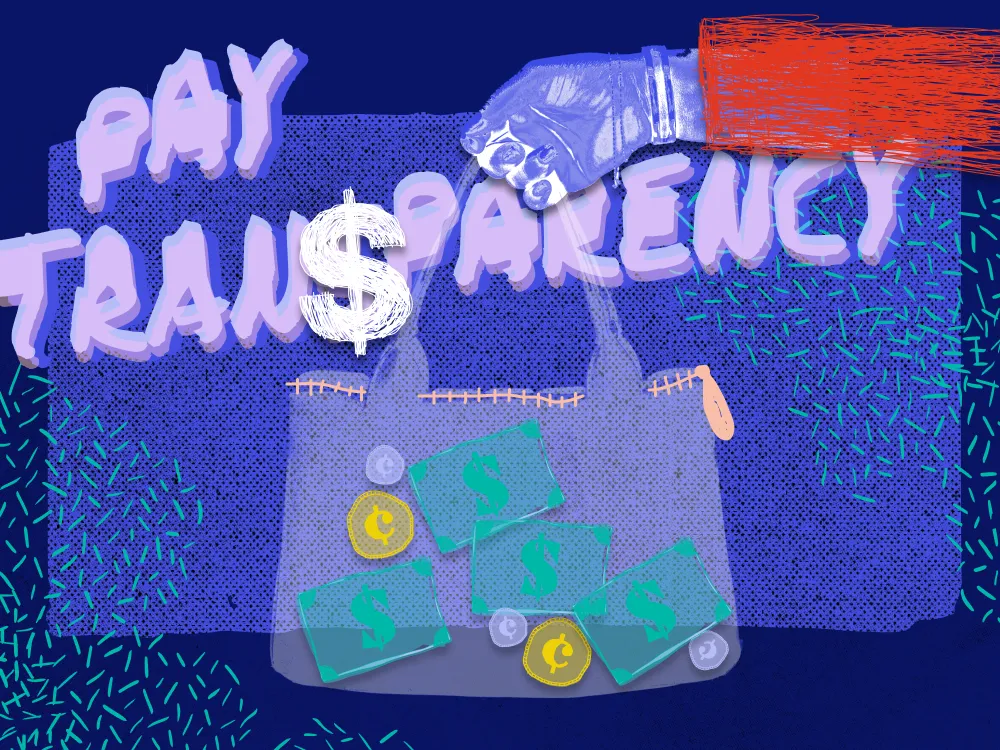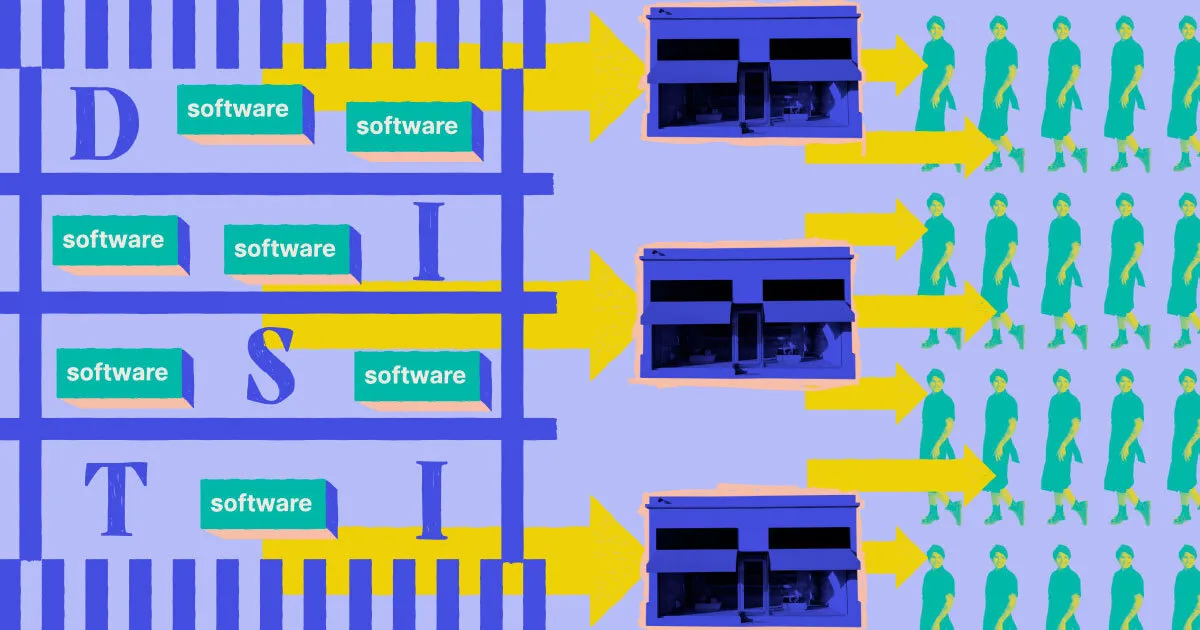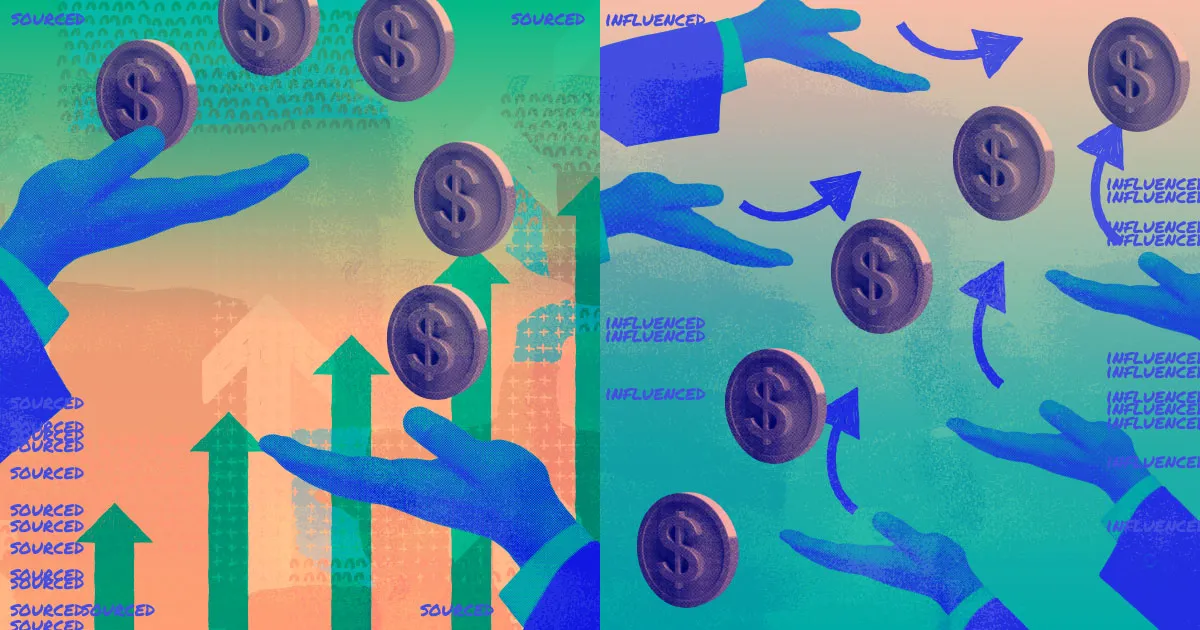When you’re scaling and growing — reach matters. Distribution partnerships have become the key to unlocking vast exponential growth and are a crucial aspect of business strategy. Of course, these partnerships don’t come without their challenges.
Foundational knowledge on marketing, finance and logistics will help give you an edge and stand out from the crowd when working with a distributor. As you begin, consider brushing up on some of the basics as it’s important to understand how to set yourself up for success when building your distribution channel from the start.
To gain the insights necessary to drive distribution revenue and growth, we spoke with PartnerStack’s Director of Channel Partnerships & Alliances, Nicolette Lopes. We dive into the key steps that need to be taken into consideration before working with distributors and the immense revenue opportunities they can drive for businesses in 2024.
In this article, we'll cover:
- What distribution channel partners are (and how they differ from other channel partners)
- The pros and cons of distribution partnerships
- How to attract distribution partners and build a strong partner program
- Mistakes to avoid making in your distribution partner program
- Considerations for payment structures
- How to track towards the future of distribution partnerships
What are distribution channel partners?
A distribution channel partner, whether a company or organization, acts as a key node between a SaaS provider and its end customers and plays a role in delivering your product to that customer. Lopes believes distribution channel partners are your outsourced sales team. “They have a strong hold on your industry and typically influence purchasing decisions before you, as the end vendors, are aware that a potential customer is in the market,” she says.
See more: STACK'D Connect, the B2B SaaS event of summer 2024.
Discover the advantages of partnering with a distributor
Growing your business globally can be difficult and expensive. It also requires significant ramp up time to launch. When you leverage channel partners who are local, you open yourself up to an even further expedited growth channel. From gaining access to a wide customer base to and international markets, distribution will help partners unlock prospects on a global scale and widen the net to support greater reach. Among the benefits to working with distribution partners, global expansion potential is key.
A great example of how a distributor partner program has driven new recurring revenue for a business, is through The Pinnacle Program powered by PartnerStack and Ingram Micro Cloud.
Within six months, one of our top SaaS vendors landed:
- 1,771 customer sign-ups
- 669 total partners
- $250K revenue
With the support from a distribution partner, there's a massive opportunity to grow existing relationships with retailers and other businesses in their areas, which can help a manufacturer reach new customers and overall increase sales. Building your partnership with a distributor gives you the opportunity for exponential growth.
How to drive revenue through distribution programs
Within the distribution channel, there’s a habit of talking about partner sourced revenue versus partner influenced revenue, which unintentionally pins these two concepts against each other — but Lopes doesn’t think it has to be one or the other.
“It's really important to understand the different services that each of your partners offer, the industries that they serve best and the regions that they service,” explains Lopes, who advocates for attaching partners to your business within an organization to support the health of customers.
“They will do more in your network and be less likely to churn. There's a lot of downstream factors, but if you're only looking at your partners as an outsource sales team for net new revenue, you're missing a lot of really important variables.”

Report: PartnerStack vendors with multiple partner programs see a significant increase in revenue.
Make your product accessible to distribution channel partners
Organizations like Amazon, Ingram Micro and Microsoft are pitched products constantly, so how can you actually get mind share and separate your organization from the rest?
Lopes says there’s only one way to go about it. “Stop trying to sell your product to these partners even if it's something that they need. It's a very dated model.
You need to actually understand the company's business objectives, goals and priorities, in addition to ensuring your product, solution or offering fits organically into what they're already doing,” she advises. “It's going to be very difficult to enable your partners and get mind share if you can't help them understand how your tool makes their current jobs better or more effective.”’
Onboarding and training distribution partners
Lopes explains the importance of covering all bases of training and understanding your partner's business model, prior to going to market.
“It’s important that you start building partner personas and understand the verticals of your partners long before you take your product to market. You must make sure you're going in depth with your partners to understand how they're going to be talking about your product and offerings.”
When building out training material for distribution channel partners, it’s important to understand who your partners will be selling to as that will dictate what level of training they need. Below are three high level examples of training definitions. Note that each level can vary depending on the context and the field of study, and it may not be limited to only three levels.
- Level 1: Basic, introductory, or surface-level information. It covers the most essential and fundamental concepts, often in a broad overview of the product or service.
- Level 2: Intermediate or more in-depth information. It goes beyond the basics, providing additional details, examples, or explanations of the product or service.
- Level 3: Advanced or specialized information. It covers complex or specialized concepts and requires a deeper understanding or prior knowledge of the product or service.

Building successful distribution business models
Most companies lose market share when they do not take in account what challenges they are facing. It's really important to prioritize hard metrics, as revenue will always matter most.
Reviewing partner attachment rates and partner influence increases the understanding of how partners can help expand and grow your current customers. Here are some examples of business models wins:
- Subscription-based model: Recurring revenue and predictable income
- Marketplace model: Connecting buyers and sellers to facilitate transactions
Avoid these distribution partnership mistakes
During her tenure, Lopes has also come across business models to steer clear of.
“We see some business models that are over-resourced too early, and that have not been given a sufficient amount of time to prove out their strategy. I've seen a lot of organizations say they want to go to market through partners, but they don’t give enough time to explore. I think that's such a bad way to look at it,” Lopes says.
“Partners need ample time to nurture relationships, and to actually get something substantial off the ground versus cutting corners and rushing for cheap revenue.” Here are some examples of business model fails to take in account:
- Single transaction model: Relying on a one-time purchase for revenue
- Ignoring market trends: Failing to adapt to changes in consumer behavior or technology
Structuring distribution partner payments
Every payment structure will be different, however everyone needs to understand how they’re getting paid, when they're getting paid, and what they’re getting paid on. A well-designed payment structure can help attract and retain partners and customers.
Lopes, who has been a part of many payment structure discussions, says, “I don't always assume that a payment structure will be one size fits all. There will always be exceptions to the rules and every distribution channel partner has a different priority. That being said, transparency is always important.”
She goes on to explain, “Make sure you’re prioritizing options for things outside of commission payouts. Some partners value MDF commissionable payouts, and others prioritize money spent in joint go to market activities, or even perhaps event budget.”

Related: Here's How Automation Saves You Time and Money
Distribution trends 2024: Inspiration to take into your partnerships this year
Lopes shares some additional advice: “Partnerships can never be one-sided. It's important to remember that your partners are not just there to bring you new clients. Prioritize your partners and make sure they have what they need to understand your business model, to build a successful partnership. In these times, our industry is attempting to do less with more and it means a lot to partners when they see the effort you are putting in, to make both parties thrive in the channel.”
Leveraging the strengths of distribution channel partners and a channel partner program can achieve shared goals and successes that would not be possible alone. Keep these factors in mind, put in the work to understand your distribution channel partners business model and goals, and you are sure to stay well-positioned to drive distribution revenue in 2024.
FAQs about distribution partnerships
What's the difference between channel partners vs distributors?
Channel partner is a broad term for someone who works with another organization to market and sell their products or services through indirect channels. A distributor partner is an intermediary partner who acts as a go-between between the vendor and reseller.
How do you choose a distribution partner?
When choosing distribution partners, look for partners for whom your solution is a natural fit. When starting your program, pay close attention to onboarding and providing adequate partner training from the offset. Don't treat distribution partners like other partner types, including providing the right resourcing and payment structures to activate and motivate them to bring in revenue.
What are some trends in distribution partnerships in 2024?
While many organizations are trying to do less with more, it's important to show that partnerships are not one-sided. Prioritize your distribution partners and focus on shared goals to make the most of your strategic alliances.
This article was originally published in February 2023.

















